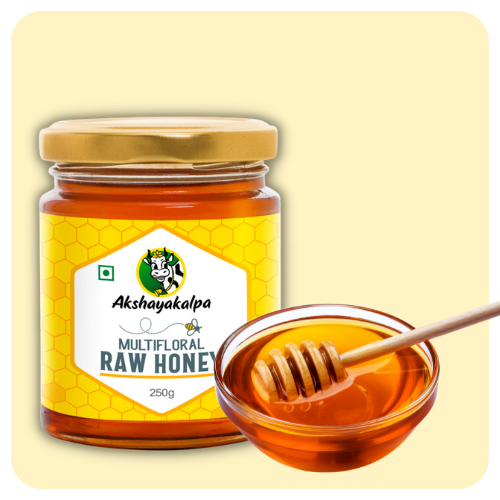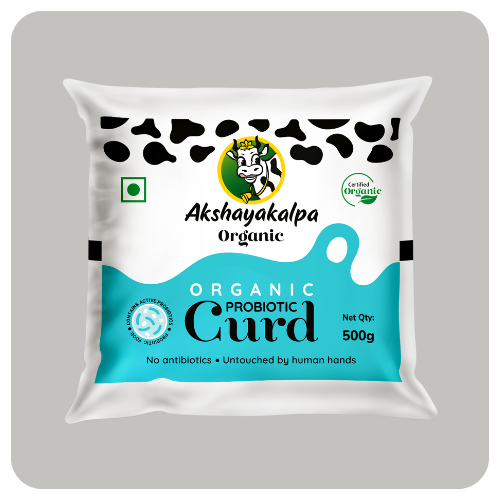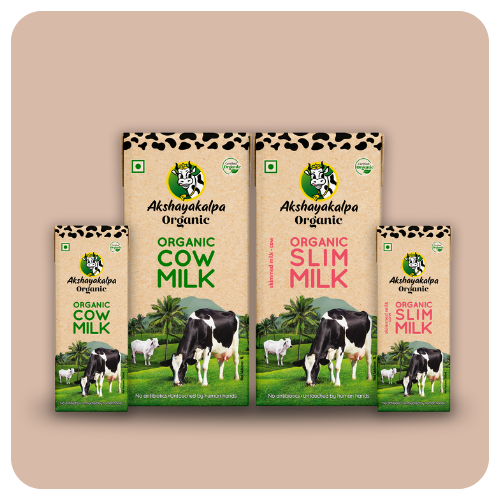Food and Sustainability

Sustainable living, according to the United Nations Empowerment Programme means “understanding how our lifestyle choices impact the world around us and finding ways for everyone to live better and lighter”. This can be understood in an ecological context, with the proponents of sustainable living advocating for a more conscious approach toward consuming and living in their respective societies.
The concept of sustainability covers a wide range of factors including the environment, economics, health, agriculture, humans and other cognates.
According to the U.N’s Brundtland Commission, “Sustainable development meets the needs of the present without compromising the ability for present and future generations to meet their own needs”. For the FAO, sustainable diets have low environmental impacts, which contribute to a healthy life for future generations. The constituents of a healthy life are nutrition and food securities. It does this while respecting cultural dynamics, biodiversity and ecosystems while remaining accessible and affordable to everyone through optimal use of human resources.
A reliable and consistent food supply over time requires that it be sustainable.
The Anthropocene is the current geological epoch. What characterizes the Anthropocene is the impact that humans have had and are having on the environment. Humans become the drivers of change and significantly alter the spaces they inhabit. Previous Geological epochs were characterized by non-human forces which exerted influence in the world. But after Homo Sapiens, Earth has been consistently influenced by human activities through the colonization of hitherto undiscovered land to the agricultural revolution followed by the industrial revolution.
The Anthropocene age has been the primary driver of environmental change, resulting in climate change, global warming, desertification and significant damage to the oceans’ biospheres.
Agriculture has spearheaded these changes. 30% of global greenhouse gasses come from agriculture, with almost 15 percent coming from the livestock sector.
Agriculture occupies 40% of land on Earth and uses 70% of freshwater. It is also the largest factor threatening species with extinction.
Given these issues, the global food system cannot be said to be sustainable.
The EAT-Lancet commission in 2019, after examining evidence, came up with two target goals to create a ‘safe food system’: The first target being Healthy diets. Even as it doesn’t prescribe [1] [2] specific diets, it includes vegetables, fruits, whole grains, legumes, nuts, and unsaturated oils with a lesser amount of poultry and seafood, almost completely eschewing red meat, added sugars and the like. The commission reports that the adoption of such a diet would significantly reduce mortality and provide increased health benefits.
To do this, the consumption of red meat and sugars would need to be reduced by 50% while consumption of fruits, nuts, vegetables and legumes must double. This needs to be relativized according to specific areas, of course, depending on the consumption practices.
The second target is a focus on sustainable food production to reduce the problems caused by conventional agricultural practices. To do so, a set of boundaries which food production should stay within pertaining to 6 earth systems are identified: climate change (based on greenhouse gas emissions), land system change (based on cropland use), use of freshwater, biodiversity loss (based on extinction rate), and nitrogen and phosphorus cycling (based on the application of these fertilizers).
This transformation will need radical changes combined with multi-sector and multi-level action. Everyone, governments, individuals, private enterprises, policymakers, educational institutions, industry will have to come together to achieve the aforementioned goals.
The plant-forward initiative takes as its axioms scientifically based health principles and sustainability, limiting the set of foods to plant sources such as fruits, legumes, whole grains, etc to be used while preparing foods. This allows for diversity and respects cultural boundaries, allowing diets to be tailored to specific societies while still maintaining bodily health and mitigating environmental crises.
This transition can support the increased population growth expected to rise to 10 billion by 2050, but requires immediate action. The transition has to be towards a significantly plant-based diet. There are five strategies to achieve this:
- Seeking international and national commitment to shift toward healthy diets
- Reorient agricultural priorities from producing high quantities of food to producing healthy food
- Sustainably intensify food production to increase high-quality output
- Strong and coordinated governance of land and oceans
- At least halve food losses and waste, in line with UN Sustainable Development Goals.
Traditional diets get the shorter end of the stick, as increasing urbanization all around the world has caused a shift from traditional diets (usually high quality plant-based foods) have shifted towards western dietary patterns which are high in refined carbohydrates, added sugars and unhealthy fats. Consequently, the caloric intake has skyrocketed. These foods also have a high amount of animal products.
The production processes of these foods while not only having negative health impacts are also deemed to be unsustainable.
There is a positive correlation between high greenhouse gas emission and cultivation of animal-based foods in contrast to plant-based foods which emit less greenhouse gasses.
There are a few actionable things when planning for a sustainable diet:
- Being aware of individual needs: the commission reports that the average adult requires 2500 calories. This needs to be scaled depending on the variations in population groups.
- The EAT commission’s diet plan makes accommodation for cultural, individual, and dietary preferences. In other words, the diet need not be homogenized. While animal products are reduced, they are not completely excluded.
Another component that affects the environment is food waste, which is part and parcel of the entire food production process. Wasted food has far-reaching effects, both nationally and globally. In the U.S., up to 40% of all food produced goes uneaten, and about 95% of discarded food ends up in landfills
The benefits of less food waste range from reduced cost in labor, reduced methane, cost savings at an individual level and a better management and resourceful usage of various energies and resources. [3] [4]
This is how an average western diet might look like.
Definite caloric intakes also need not be followed to the T, as they can be calculated according to weekly consumption needs.
References:
Food Waste | The Nutrition Source | Harvard T.H. Chan School of Public Health
Plate and the Planet | The Nutrition Source | Harvard T.H. Chan School of Public Health
https://www.hsph.harvard.edu/nutritionsource/sustainability/
https://www.unep.org/explore-topics/resource-efficiency/what-we-do/sustainable-lifestyles



















